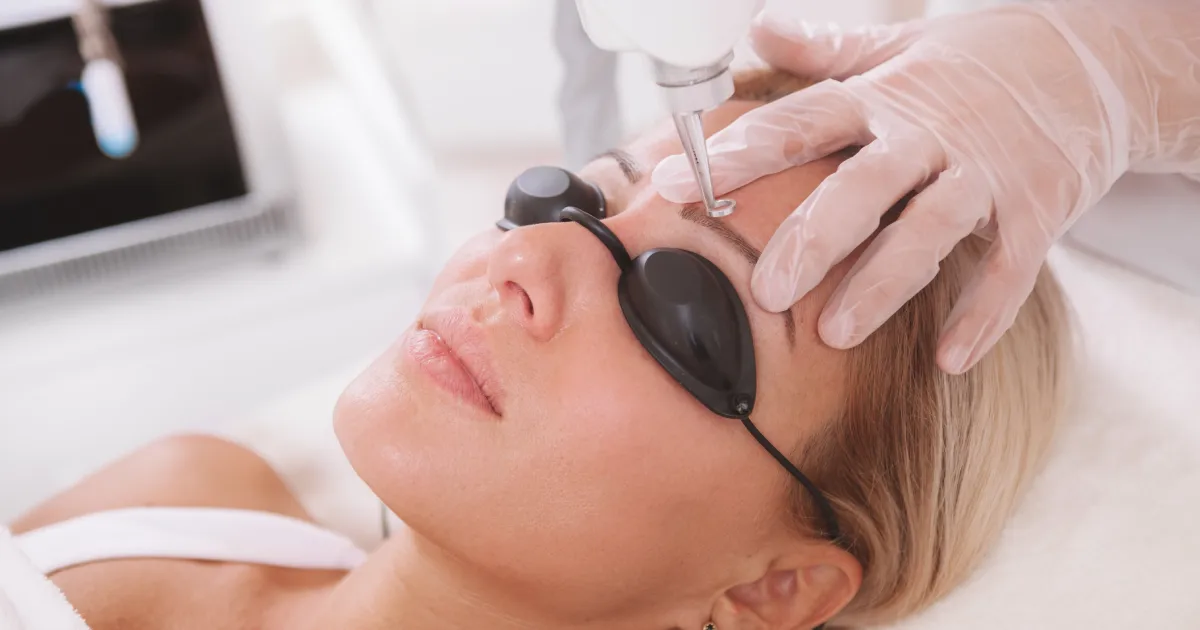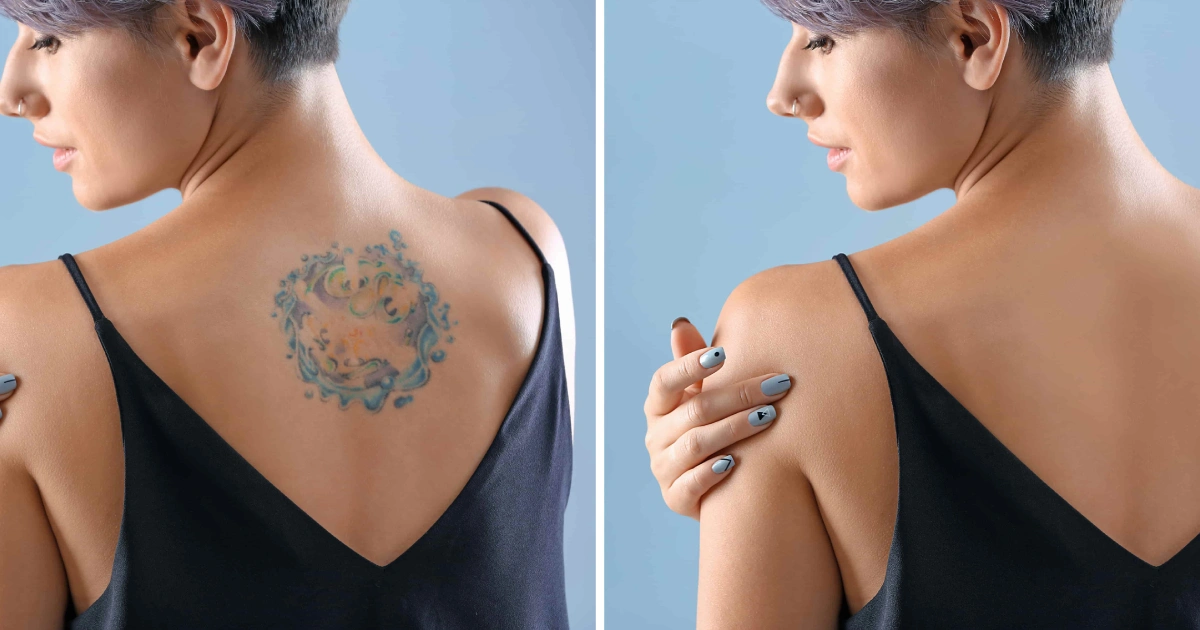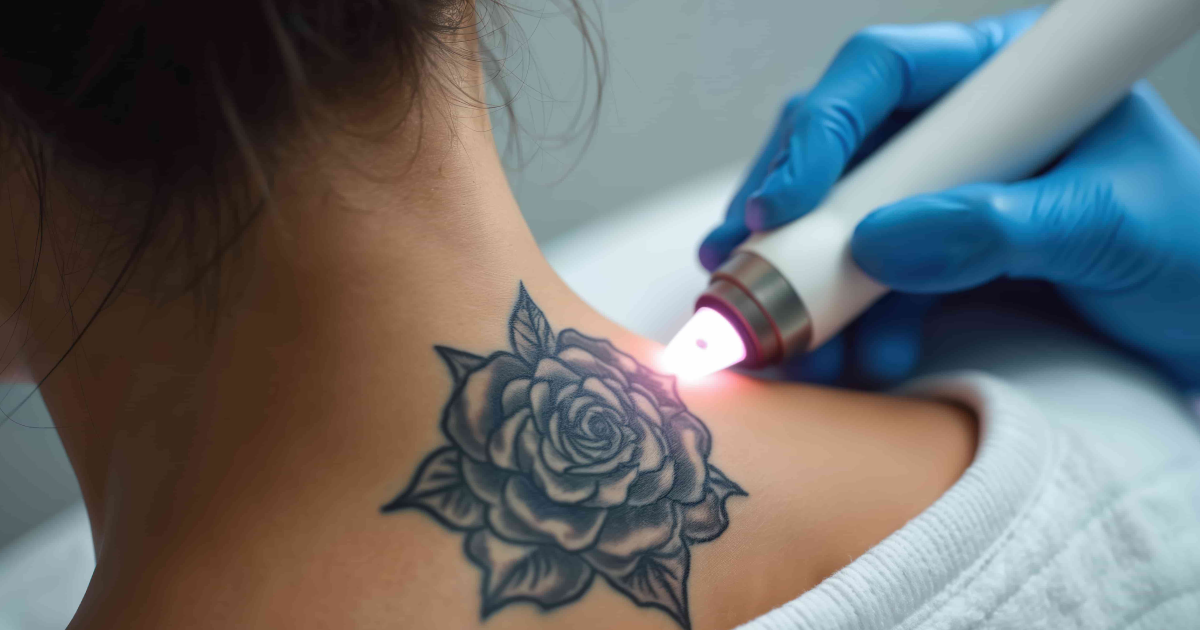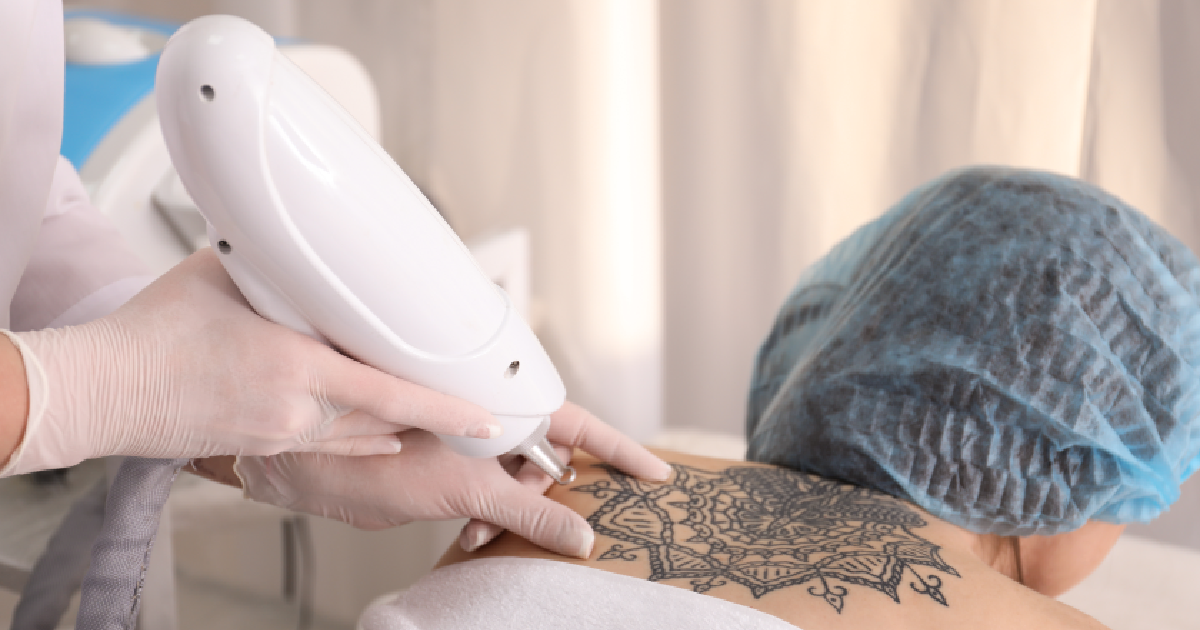Table of Contents
Scalp micropigmentation (SMP) has become a popular solution for hair loss, offering a non-surgical way to create the illusion of fuller hair. However, many seek scalp micropigmentation removal as personal preferences change or treatments fade unevenly. Whether due to outdated styles, pigment migration, or dissatisfaction with previous work, removal options are available to restore a natural look.
For those needing scalp micropigmentation removal in Raleigh, NC, advanced solutions like the PicoSure laser effectively break down pigment while keeping the skin intact. This article explores various methods, including laser SMP removal and non-laser SMP removal, to help you choose safe tattoo removal.
Laser SMP Removal: The Gold Standard for Fading Scalp Tattoos
How PicoSure Laser Works for SMP Removal
The PicoSure laser is the leading technology for scalp micropigmentation removal. Unlike traditional lasers, PicoSure delivers ultra-short pulses of energy that shatter pigment particles into smaller fragments. The body’s immune system naturally flushes out these fragments, fading the scalp tattoo over multiple sessions.
There are several benefits to choosing PicoSure for SMP correction treatment. The laser targets ink without damaging the surrounding skin, making it a precise and safe option. It also works efficiently on stubborn pigments, reducing the number of treatment sessions compared to older laser technologies. Additionally, the procedure involves minimal downtime and has fewer side effects than traditional laser removal techniques.
What to Expect During the Procedure
The first step in laser SMP removal is a consultation, where a specialist assesses the scalp to determine the best treatment plan. Once a plan is established, the patient is given protective eyewear and thoroughly cleansed the treatment area. During the procedure, quick bursts of light target the unwanted pigment, breaking it apart for the body to eliminate naturally. After the session, patients may experience mild redness or swelling, but the healing process is generally quick. Most individuals require multiple sessions for complete pigment removal, depending on the depth and density of the original SMP treatment.
Non-Laser SMP Removal: Alternative Approaches
Several methods can gradually fade scalp pigmentation for non-laser SMP removal. One common approach is saline SMP removal, which involves depositing a salt-based solution into the skin using a tattoo machine. This solution draws the pigment to the surface, allowing it to be naturally exfoliated over time. Saline removal is ideal for individuals sensitive to laser treatments or those looking to lighten pigmentation before a correction treatment. However, multiple sessions are required to achieve noticeable fading and may be less effective on deeper pigments.
Another alternative is dermabrasion, which exfoliates the scalp to remove ink gradually. This technique involves lightly sanding the upper layers of the skin, encouraging the natural shedding of pigmented cells. Dermabrasion is a gentle, non-invasive option for those looking to fade uneven pigment over time. However, it may take longer to see results than laser removal, and improper technique can lead to irritation.
Post-Treatment Care: Maximizing Results and Healing
Proper aftercare is crucial in ensuring the best results regardless of the chosen method. Following professional guidelines helps minimize complications and speeds up the healing process. To protect the treated area, it is essential to avoid direct sun exposure, as UV rays can cause irritation and slow down pigment breakdown. Keeping the scalp moisturized with recommended ointments helps support healing and prevents excessive dryness. Patients should also avoid picking or scrubbing the area to allow the skin to heal naturally.
Attending follow-up appointments as recommended by the specialist ensures optimal results. Staying hydrated and maintaining a healthy diet can also promote faster recovery and improve the body’s ability to eliminate pigment particles. Proper aftercare enhances the effectiveness of SMP removal and reduces the risk of complications such as scarring or irritation.
Common Questions About Scalp Micropigmentation Removal
How Many Sessions Are Needed for Complete SMP Removal?
The number of sessions required for complete scalp micropigmentation removal varies based on factors such as pigment depth, skin type, and removal method. Laser SMP removal typically requires three to seven sessions, depending on the intensity of the original treatment. Saline removal often takes five to ten sessions, while dermabrasion and chemical peels vary based on individual skin response. The specialist will provide a personalized estimate based on the patient’s case during the initial consultation.
Does SMP Removal Hurt?
Discomfort levels vary depending on the removal method used. Laser SMP removal is often described as feeling like a small rubber band snaps against the skin. While some patients find it uncomfortable, most tolerate it, especially with numbing creams. Saline removal may cause mild stinging, while dermabrasion feels like light sanding. Chemical peels may create a temporary tingling or mild burning sensation. Overall, the pain level is manageable, and professionals take steps to ensure patient comfort throughout the process.
Can SMP Removal Cause Scarring?
When performed by experienced professionals, SMP removal has a low risk of scarring. PicoSure laser removal is known for its precision and minimal skin damage, making it one of the safest options. Following proper aftercare guidelines significantly reduces the chances of scarring or irritation. Patients should avoid excessive sun exposure, scratching, or aggressive exfoliation to allow the skin to heal correctly.
Is It Possible to Lighten SMP Without Full Removal?
Yes, some individuals choose to lighten their SMP rather than remove it entirely. Lightening existing SMP can be useful for those looking to adjust their hairline, correct pigment tone, or prepare for an SMP correction treatment. Methods such as saline removal and chemical peels are commonly used for gradual fading, allowing patients to modify their SMP without completely erasing it.
Conclusion: Take the Next Step Toward Clear Skin
If you’re considering scalp micropigmentation removal in Raleigh, NC, there’s no need to settle for unwanted pigment. PicoSure laser offers a precise, practical solution, while non-laser options provide alternative approaches to fading scalp tattoos safely.
Contact Renewal Tattoo Removal + Fading today for expert guidance and professional care. Let’s help you achieve a clean, natural look with the best SMP removal solutions. Call us now to schedule a consultation and begin your journey to a fresh, confident appearance!










